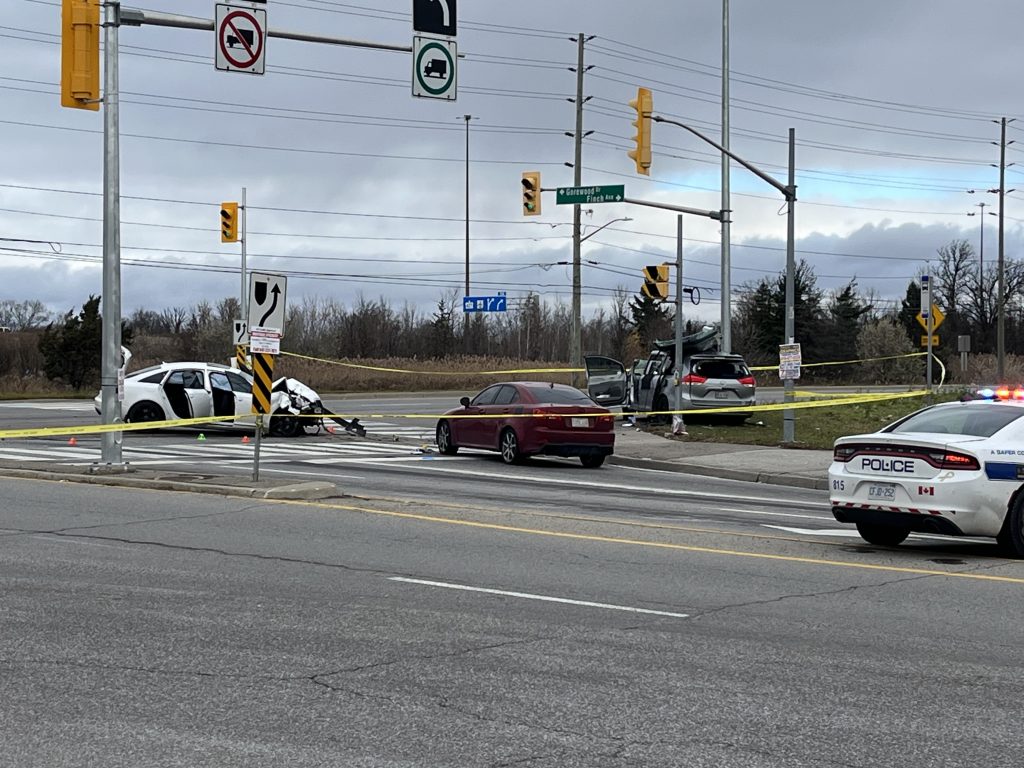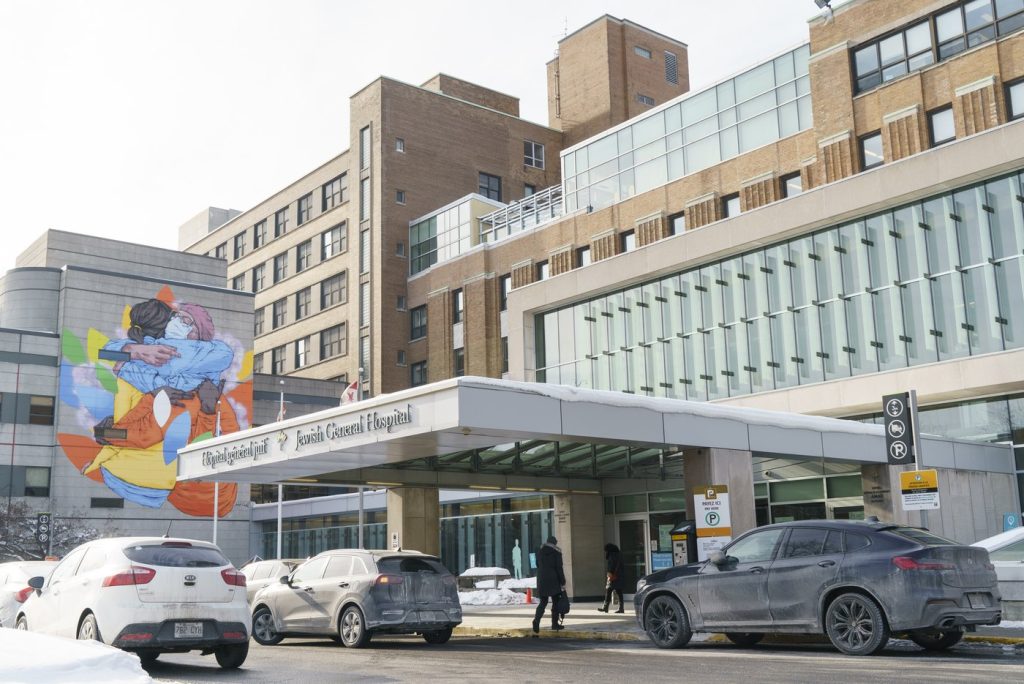York University, international scientists conducting specialized Toronto air quality analysis
Posted August 3, 2023 7:34 pm.
Last Updated August 3, 2023 8:04 pm.
As much of Ontario has been dealing with periodic periods of intense forest fire smoke this year, it has brought a renewed focus to the state of our air quality.
Approximately 40 researchers from Toronto and overseas have gathered at York University and will use state-of-the-art technology 24 hours a day and seven days a week over six weeks in an effort to better understand how poor air quality can impact our health and our communities.
On the rooftop level of the Petrie science building at York University’s Keele campus, millions of dollars worth of scientific tools have been jammed into a small air quality research station lab and on a terrace. Feeding into the lab room and the roughly half a dozen computers inside is a network of tubing and other instruments. Much of the data is coming in real-time through wireless devices.
There are homegrown technologies inside the lab too such as Xcalibr, a tall cabinet of circuitry and equipment that’s name draws inspiration from the allergens it can detect.
At the centre of the rooftop terrace, two scientists from the United Kingdom preside over two large instruments flown into Canada (one the size of an extra-large chest freeze and the second roughly the size of a refrigerator) that are collecting trace amounts of gases from the air. Also outside is a network of rain gauges, carbon capture filters, particulate sensors and other tools.
Yashar Iranpour, a second-year atmospheric chemistry student, is among those participating in the project and said he has long had a passion for environmental science. He said getting this body of new data is vital.
“I thought that it could be useful for not just myself as a scientist, but also for society in general because the direction that we’re heading right now is a little bit uneasy,” he said during a tour while overlooking the Toronto skyline.
“I used to come onto this roof for three years now, almost three-and-a-half years now, and my initial glance upon this today is that as changed significantly compared to other years.
“When I look at the haze, it just gives me a shocking glance about what the future could hold if we don’t have a plan to come up with better mitigation strategies to reduce air pollution within not just urban environments, but also in other urban environments around North America.”
RELATED: York University professors create a device that could revolutionize assessing plant health
While this study has been in the works for years, forest fires in Canada that produced massive amounts of smoke that ended up blowing into the United States have highlighted the need to study air quality. Iranpour noted how aerosols in the smoke can change the chemistry of the air in cities, and having research on that for instance can help predict future air quality indexes.
“It really made me change my perspective about the importance of not just North American weather, but specifically Canada. We’ve been known for having one of the best air qualities in the world and so for us to see some event like this goes to show the impact of where the world is heading and what we have to do to sort of mitigate and reduce that from ever happening again,” he said.
Cora Young, a York University associate professor of chemistry, is working with the students and researchers on the project. She too emphasized how research projects such as this one could help inspire new regulations that could mean better air to breathe in the region.
We see all kinds of particulate matter from very small to very large. We’re measuring what’s in that particulate matter. We’re measuring all kinds of different things that are in the air including things that come from our consumer products like fragrances, dryer sheets, anything that smells or that we use day to day — we can measure the emissions from that,” she told CityNews.
“What we’re doing is starting to look at the data and think about it and over the next few months to couple years we’ll really be able to understand how the measurements we’re making can help to inform policy to improve air quality for Toronto.
“There are emissions of different chemicals that lead to this soup and that leads to poor air quality … There’s no safe level of air quality. Air quality is known to be hazardous to human health at any level and our goal here is to figure out how we can get our air in the city of Toronto as pristine as possible.”
Meanwhile in Chicago, New York City and Dayton, Ohio, teams are doing similar work. Environment and Climate Change Canada, the National Oceanic and Atmospheric Administration (NOAA) and NASA are partners in the project too. A new NASA air quality satellite was launched recently and was positioned to hover over North America and data collected from it is part of the project as well.
Young and Iranpour said they are both looking forward to the findings, which they hope will be solidified within the next year.
“This is a unique experiment in Canada and you know it’s pretty unusual around the world to be able to collect this much equipment and expertise to understand air quality,” Young said.
“I’m thinking that we’re going to have pretty solid evidence for better understanding air quality in the future,” Iranpour added.








